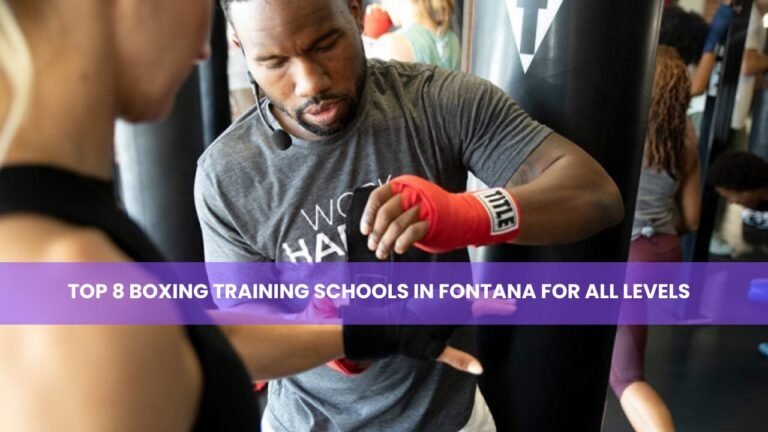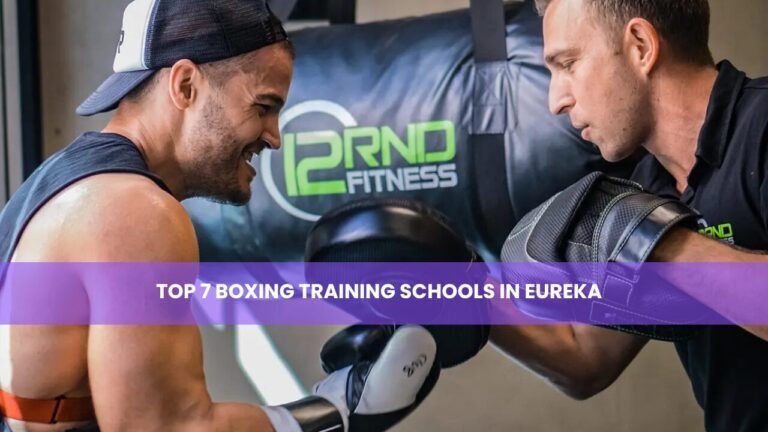In recent years, the popularity of boxing high school programs has surged across the United States These unique athletic and educational initiatives blend rigorous training with personal development, offering students a structured path to physical fitness, self-discipline, and academic success. From team camaraderie to scholarship opportunities, high school boxing is reshaping how we think about youth sports.
Why Boxing in High School Matters
Boxing has long been regarded as a test of physical prowess, mental resilience, and tactical thinking. Introducing it at the high school level brings a host of benefits. Students develop cardiovascular health, strength, and endurance while adhering to training regimens that require punctuality, responsibility, and focus.
Beyond physical benefits, boxing teaches coping with stress, perseverance, and goal-setting. These programs foster strong peer bonds and mentorship opportunities, creating a sense of community and belonging among young athletes.
The Evolution of High School Boxing
Historically, boxing had a contentious place in scholastic sports due to safety concerns. However, with the advancement of safety equipment, professional coaching certifications, and structured training regimens, the landscape has shifted. Schools now increasingly recognize the value of boxing not just as a sport but as a character-building tool.
Cities such as Cincinnati, Chicago, and Philadelphia have led the way in developing accessible, school-affiliated boxing programs. Many high schools now collaborate with local boxing gyms to offer after-school training, fitness classes, and even competitive team options. Some states have introduced pilot programs to measure student engagement, academic performance, and wellness improvements.
Fitness and Health
Boxing is widely recognized as one of the most demanding full-body workouts. Students who engage in high school boxing programs typically experience dramatic improvements in their physical condition, including cardiovascular endurance, muscle tone, strength, flexibility, coordination, and weight management.
In addition to physical development, boxing instills lifelong habits of exercise and proper nutrition. Programs often provide guidance on meal planning, hydration, and recovery techniques, supporting students in forming a well-rounded and sustainable fitness lifestyle.
Academic and Personal Development
Participation in sports has been linked to improved academic performance, and boxing is no exception. High school boxing programs often emphasize academics alongside athletics, requiring students to maintain good grades to participate, which fosters accountability and balance.
Boxing enhances classroom concentration and discipline while building self-confidence through skill mastery and competition. It also helps students regulate emotions, manage stress, and develop time management skills. Educators report fewer behavioral issues and more engaged students where boxing is integrated into school life.
College and Career Opportunities
Boxing can open doors to higher education and future careers. Though boxing scholarships are less common than those in other major sports, some colleges do offer support for talented athletes. Students in these programs may also pursue paths in amateur or Olympic boxing.
Career opportunities extend into fields such as physical therapy, sports psychology, personal training, coaching, and even roles in the military or law enforcement. Affiliations with amateur organizations like USA Boxing provide students with legitimacy and access to regional and national competitions.
Cincinnati Fitness & Boxing Club
The Cincinnati Fitness & Boxing Club is a standout example of a community-driven high school boxing initiative. Their team has gained regional recognition for its inclusive and empowering approach to youth development. Students benefit from mentorship by seasoned professionals, academic support, and access to regular sparring and competition.
The program prioritizes structured coaching and student safety. As a result, participants grow not only as athletes but also as responsible individuals. Many graduates have gone on to pursue higher education, earn scholarships, or take on coaching and leadership roles within the community.
Leo High School Chicago
Leo High School has a proud legacy of developing disciplined, resilient young men through its boxing team. Located in a socioeconomically challenged area, the program serves as a source of structure and hope. It has produced city and state-level champions and built a supportive alumni network.
The boxing program at Leo also includes life skills workshops in areas such as financial literacy and leadership. The impact is clear: decreased dropout rates and growing enrollment and participation. The school’s commitment to holistic development through boxing has made a lasting difference in students’ lives.
Planning and Partnerships
Launching a high school boxing program requires thoughtful planning and collaboration. Partnering with local boxing gyms, hiring certified coaches with experience in youth development, and preparing detailed proposals for school boards are foundational steps to success.
Schools should also involve parents and the local community from the outset. Hosting meetings and outreach events can build trust and enthusiasm, setting the stage for a program that emphasizes student growth, safety, and academic success alongside athletic training.
Ensuring Safety and Compliance
Safety is paramount in high school boxing. Programs must implement strict standards to mitigate injury risks and ensure a supportive environment. Following USA Boxing’s guidelines, providing certified gear like gloves and headgear, and conducting regular health checkups are critical practices.
All coaches should be CPR-certified and trained in concussion protocols. Mental preparation, sportsmanship, and post-training recovery are also key components of a responsible boxing curriculum. A focus on respect and self-control reinforces a healthy team culture.
Promoting the Program
Attracting student interest and community support is essential for sustainability. Hosting clinics and demonstration events can introduce the sport to a wider audience. Sharing stories of student success through newsletters and social media helps highlight the program’s impact.
Fundraising can play a big role, with options like merchandise sales, charity matches, and local business sponsorships. Recognizing student achievements publicly builds pride and encourages wider participation. A well-promoted program creates momentum and a strong sense of school spirit.
Common Misconceptions About High School Boxing
There are still myths surrounding boxing in schools. One common misconception is that boxing is too dangerous. However, with proper equipment and coaching, it is no more hazardous than other contact sports like football or wrestling. Another myth is that boxing is only for aggressive students, but in reality, the sport attracts disciplined and focused individuals from all backgrounds.
People also assume there’s no future in boxing, but the truth is, boxing develops life and leadership skills that are highly transferable. Beyond pro careers, boxing opens pathways in education, fitness, and community leadership, proving its long-term value.
FAQs
Is boxing safe for high school students?
Yes, with modern equipment, certified coaching, and safety-first training, high school boxing can be conducted responsibly. Programs often start with non-contact drills and progress to sparring under supervision.
Do students need prior experience?
No. Most programs are beginner-friendly and provide foundational training in technique, fitness, and mindset. Emphasis is placed on learning rather than competing early on.
Are there competitions for high school boxing?
Yes. Many programs affiliate with amateur boxing associations, offering tournaments and showcases that promote healthy competition and growth. Interscholastic matches are growing in popularity in several states.
Can boxing help with college admissions?
Absolutely. Participation in a structured sport like boxing demonstrates discipline and leadership, and in some cases, opens doors to athletic scholarships. Admissions officers value the commitment and resilience student-athletes bring.
What costs are involved?
While costs vary, many programs are grant-funded or supported by donations. Students typically need basic gear such as gloves, wraps, and athletic shoes. Some schools or gyms provide these, and local businesses often sponsor equipment drives.
Conclusion
Boxing in high schools is more than just a sport; it is a developmental platform that equips students with lifelong skills. As seen in cities like Cincinnati and Chicago, the positive outcomes of structured boxing programs include better health, academic performance, and personal growth.
These programs nurture future leaders by instilling discipline, confidence, and a strong work ethic. Parents, educators, and community leaders have an opportunity to embrace a transformative initiative. Supporting a boxing high school program means investing in the holistic growth of our youth physically, mentally, and socially.




